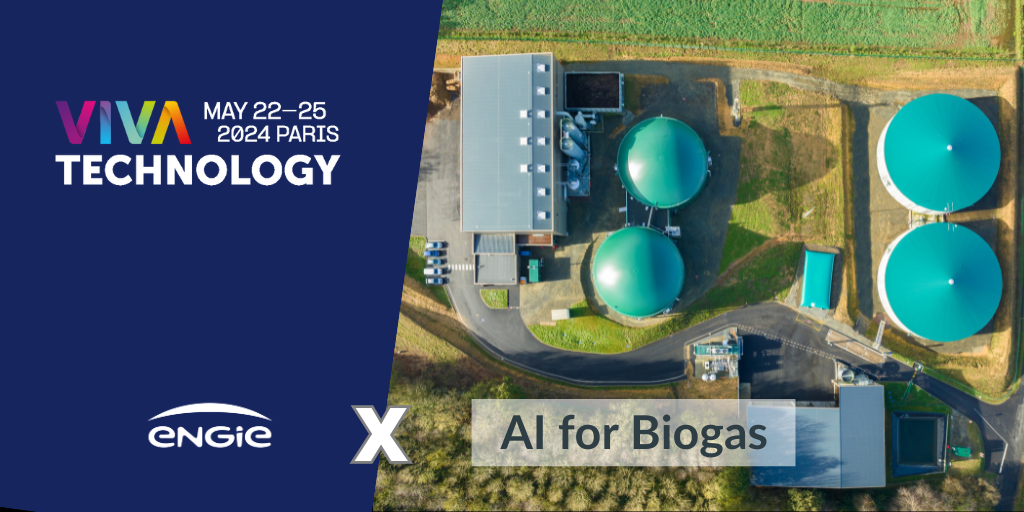

The biogas sector is still in the process of proving itself in terms of profitability and anything that can help achieve a more industrialised approach is helpful.
This is a web application that we are developing for the ENGIE Bioz and RGE units. Our target users are biologists working in the biogas industry. They work for methanisation plants, whichconvert organic waste (from agriculture, mainly the food industry, household waste, etc.) into biogas. We're going to offer them a tool that will enable them to manage their organic inputs more effectively.
The energy and economic yield of a methanisation plant varies. Several factors come into play:
The sites are also subject to technical constraints (storage, equipment throughput, etc.) as well as strict regulatory constraints. Our application will help biologists to take all these factors into account when making their decisions. It will enable them to identify the most efficient combination, the one that offers the best yield for the site. Week by week, they will be able to visualise the tonnages of inputs to be incorporated into the anaerobic digester, view the production indicators, and carry out test runs of scenari enabling them to improve production whilst complying with various constraints.
There was no tool like this before. Until now, operators had to carry out successive test runs in a simulation tool, which was time-consuming. What's more, it was impossible for them to take all the constraints into account, although this shortcoming was partially made up for by their knowledge of the business. Our tool will enable them to optimise production whilst automatically taking all constraints into account. They will therefore save time on repetitive tasks and be able to devote more time to more forward-looking tasks. The biogas sector is still in the process of proving itself in terms of profitability, because it has been subject to a big increase in the price of raw materials and energy. Consequently, anything that can help achieve a more industrialised approach is helpful.
We'll mainly be presenting use cases, perhaps with a few visuals, but we're still in the development phase.
For me, there is one innovation that led to many others’ existence: the electric telegraph in the19th century, which enabled instant communication between two points. It was a paradigm shift, freeing us from the constraints of geographical distance. And it also was an innovation that heralded the telephone, then the Internet...
Our challenge is to publish the first version of our application by the end of May or beginning of June. As is always the case with this type of product, after this initial deployment we are already planning to expand the functional scope to truly cover all our users' needs.